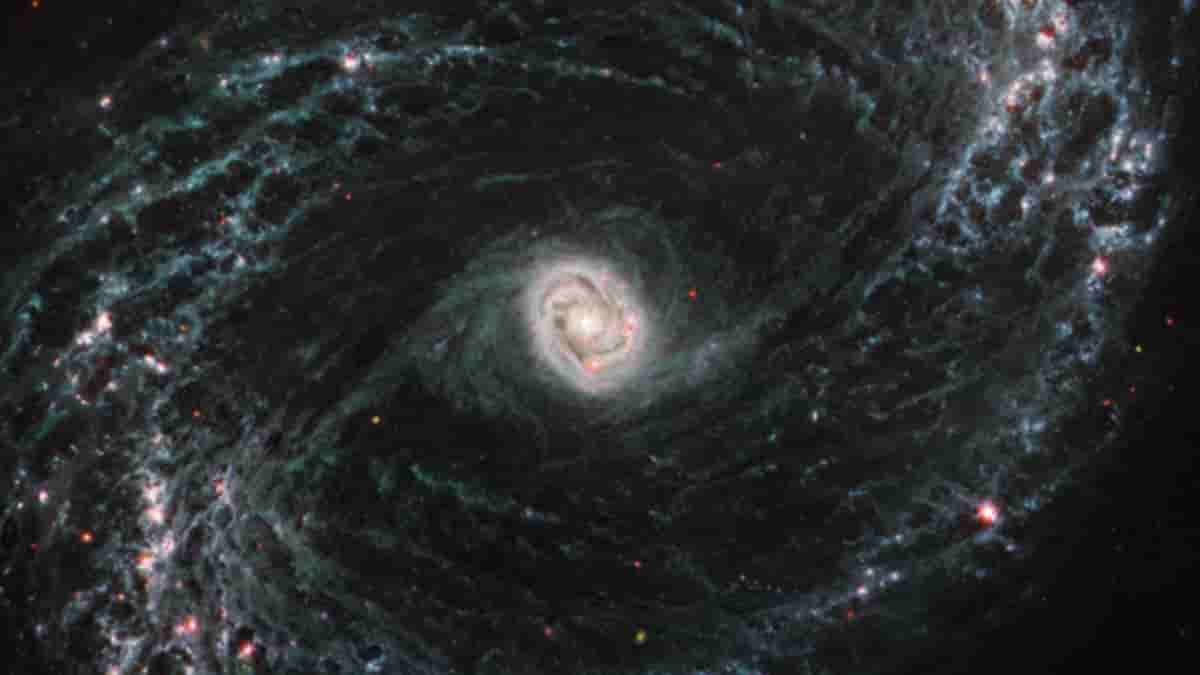NASA’s Webb telescope shows networks of gas and dust in nearby galaxies: Check details here

Space has always been a subject of fascination.
NASA’s James Webb Space Telescope recently unveiled the first look at dust, gas, and star formation in nearby galaxies. NASA also posted a tweet on Twitter about the same.
Let’s have a look at this tweet here.
Swirling space spider? The Eye of Sauron? What do you see?
With unprecedented clarity, @NASAWebb took its first look at the dust, gas, and star formation of nearby galaxies in infrared wavelengths, which may help us understand how galaxies form. https://t.co/cH4RwoAc9C pic.twitter.com/QsQVyvY43d
— NASA (@NASA) February 16, 2023
The images of the same were captured by the James Webb telescope’s Mid-Infrared Instrument (MIRI). Guess what? An intricate network of dust as well as gas has been captured via these images. Darkness observed in earlier images captured by the Hubble telescope has been illuminated. We can now observe how dust absorbs light in order to form a star. Further on, it also shows the emission into the infrared. The illumination of the intricate network of dust and gas comes to the forefront.
More than 100 researchers across the globe are a part of the survey of nearby galaxies. It is a collaboration with the PHANGS team which is an abbreviation for Physics at High Angular Resolution in Nearby Galaxies. For years, the PHANGS team has been undertaking a study of the optical, radio as well as ultraviolet wavelengths of these galaxies. However, for this purpose, the team used NASA’s Hubble telescope.
But with the entry and phenomenal work of Webb, things are bound to improve.
Webb’s telescope has the ability to find out what’s missing by piercing through the dust. It can capture it through its infrared abilities. The ability of the Webb Space Telescope is unimaginable. It can search for the mysterious structures of the universe and its evolution. It is a program led by NASA in partnership with ESA and CSA, bringing the experts about space together.


